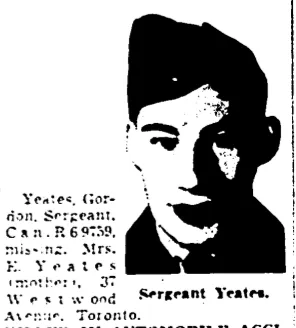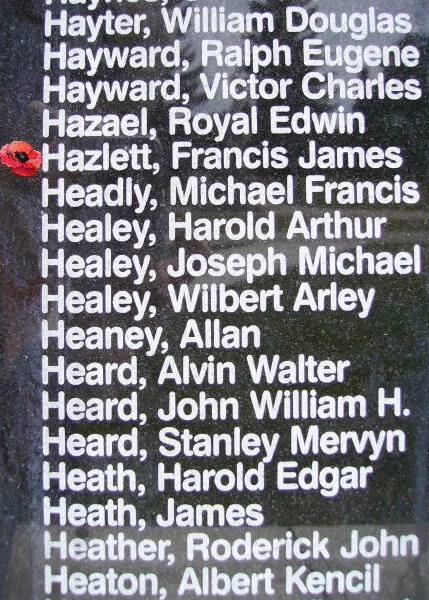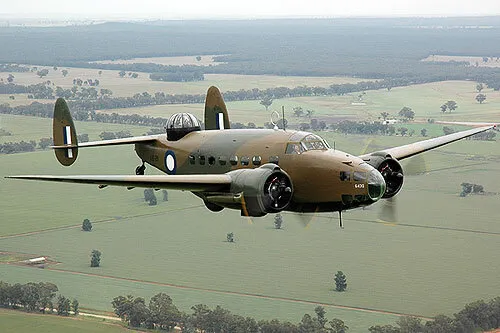Gordon Richardson Yeates grew up in East York, Ontario, a suburb of Toronto, coming of age in the Depression.
He was raised by his mother at two addresses found on the records - 249 Donlands Avenue, and 37 Westwood Avenue, both in the same neighbourhood. After graduating from East York Collegiate, he went to work.
The war breaks out in September of 1939 and Yeates is among the first in line, going through the British Commonwealth Air Training Plan, happily avoiding being chosen as an instructor, and heading out to Europe bearing the pilot wings of the Royal Canadian Air Force.
Rather than a place in the early, mostly inaccurate missions over the Ruhr with inadequate equipment and undeveloped science, Gordon joined Coastal Command, landing with No. 608 (North Riding) Squadron, an Auxiliary Air Force unit dating back to 1930 that is hampered by inadequate equipment and undeveloped science.
Its official job was reconnaissance, but it also attacked convoys, jumped passing destroyers and E-boats, and generally kept an eye on the German shipping lanes.
Source: Malcolm Kelly is the author of SPROG: A Novel of Bomber Command, available at shops and online.





